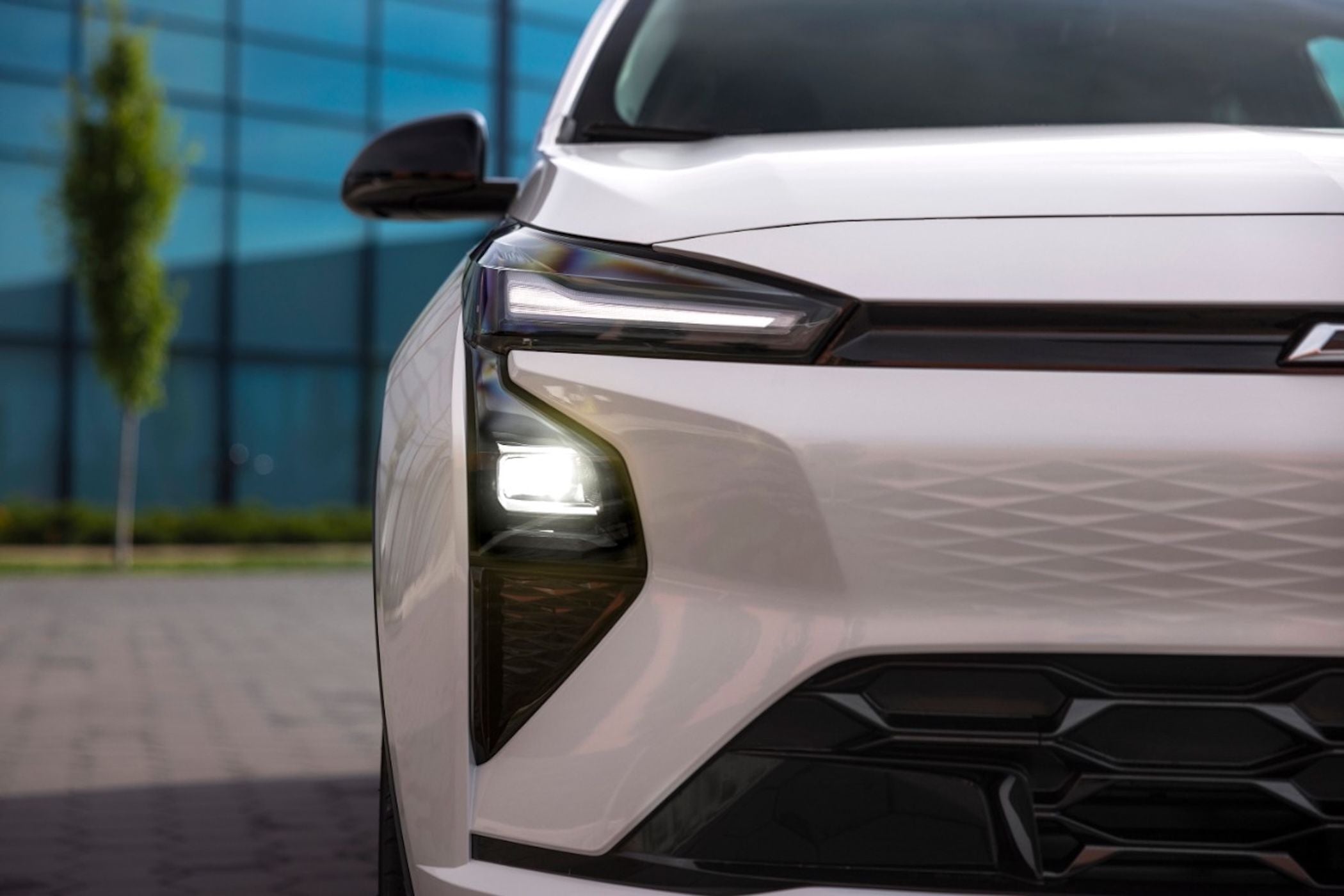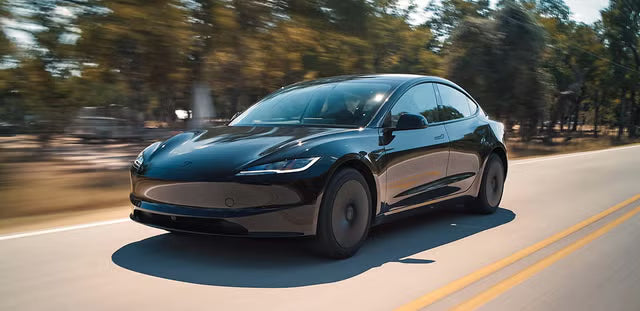EV Sales Surge but Profits Don’t Follow
General Motors is selling more electric vehicles than ever before. In the third quarter of 2025, GM’s EV sales surpassed its total from all of 2024, thanks to growing demand for models ranging from the luxury GMC Hummer EV to the upcoming sub-$30,000 Chevrolet Bolt.
Despite this success, GM announced a $1.6 billion financial hit linked to its EV operations. The surprise announcement raised questions about how a company can sell more cars but lose more money.

The Cost of Adjusting to a Changing Market
In a recent filing with the U.S. Securities and Exchange Commission, GM said it expects slower demand for electric vehicles following the end of the federal EV tax credit. Without the incentive, sales are projected to cool rapidly, forcing the automaker to retool factories and reduce EV production capacity to prevent overstock.
The company reported $1.2 billion in non-cash impairment charges and another $400 million in contract-related costs, all tied to EV investments. These changes reflect how expensive it is for a large manufacturer to shift production strategies in real time.
Policy Reversals Bring Financial Whiplash
For years, GM and other automakers accelerated their EV strategies under Biden-era climate and energy policies, which included tax incentives and stricter emissions standards. But when the Trump administration rolled back those regulations and ended the EV purchase credits, it created a sharp market reversal.
As of September 30, 2025, buyers can no longer claim federal tax credits for EVs, and automakers face new tariffs on imported electric models. The sudden shift left companies like GM holding billions in EV investments while consumer incentives vanished overnight.
“This whiplash is expensive,” one analyst noted. “Automakers built for a future that Washington just canceled.”
GM Hits Pause — But Not Reverse
While some rivals are offering steep discounts to move unsold EVs, GM says it won’t engage in ‘irrational’ price cuts. Instead, it plans to balance EV production with continued gas and hybrid vehicle output, adjusting to the current demand curve.
Executives maintain that GM is still committed to an electric future but acknowledge that the transition will take longer without strong federal support. “We’re not abandoning EVs,” said a GM spokesperson, “but we’re pacing ourselves according to market realities.”
The Bigger Picture: U.S. Automakers Under Pressure
The $1.6 billion loss underscores the volatility of the U.S. auto industry’s shift toward electrification. While EV adoption continues to grow globally, American manufacturers now face higher production costs, supply chain tariffs, and weaker domestic incentives.
Industry analysts warn that scaling back EV investments could leave U.S. brands lagging behind faster-moving competitors from China and Europe. “Every slowdown in EV R&D gives international players a wider lead,” said one market observer.
At the same time, average new car prices have exceeded $50,000, undermining claims that deregulation will make cars cheaper for consumers.

A Costly Lesson in Policy Uncertainty
GM’s $1.6 billion charge is more than just a financial write-off — it’s a reflection of how unpredictable policy shifts can reshape entire industries. The automaker’s EV expansion remains a long-term bet, but for now, it’s paying a high price for decisions made in Washington.
In short: GM is selling more EVs than ever, but changing federal policies have turned that success into a costly setback.
Recommend Reading: GM Sets EV Sales Record While Warning of Sharp Decline Ahead








Partager:
California Reaches 29.1% EV Share of Auto Sales in Q3 2025
10-Minute EV Charging Is Coming to the U.S.—But Drivers May Not Need It